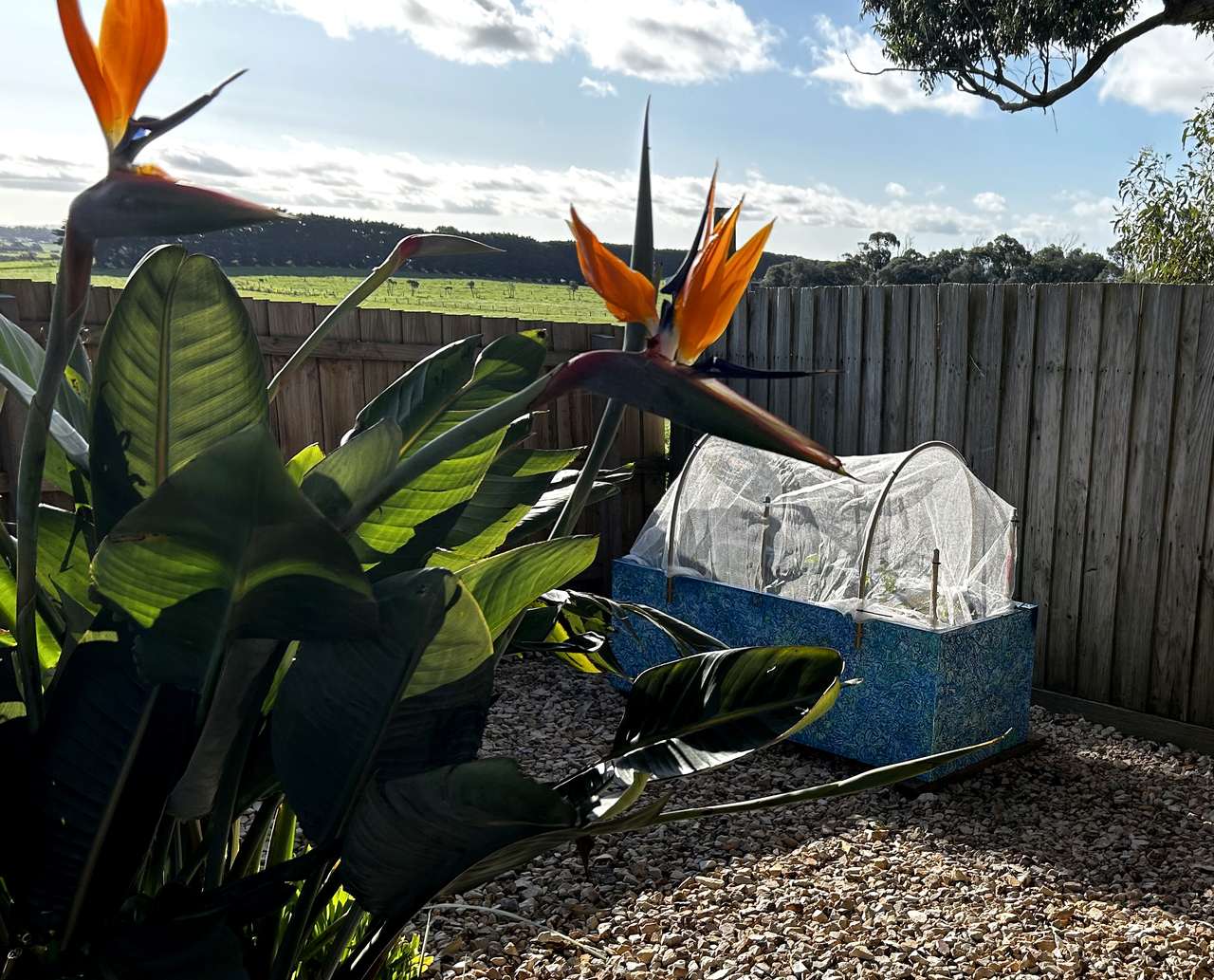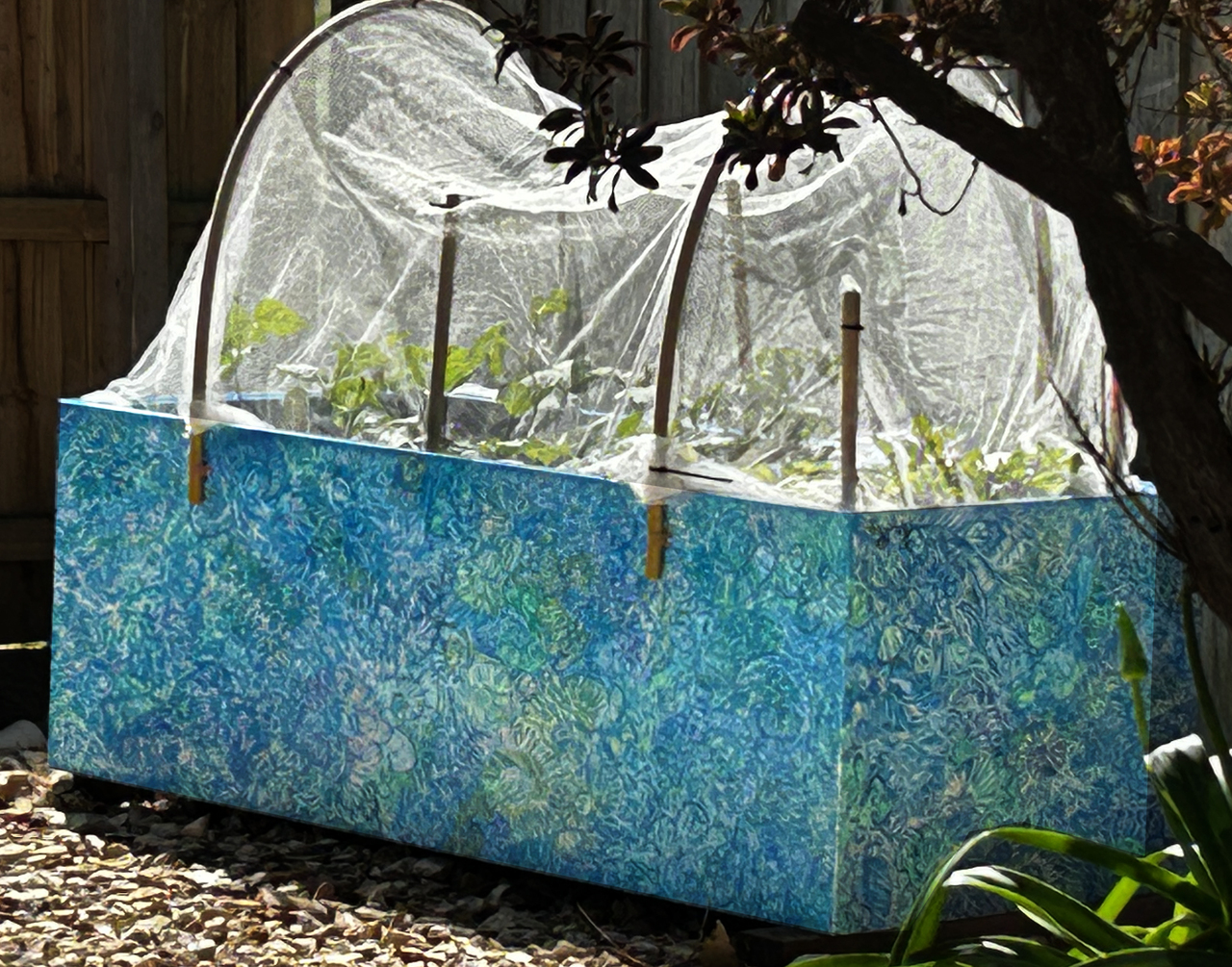
"The Evolution of a Fridge into a Thriving Garden Art Piece"
In the heart of our bustling kitchen, our trusty family fridge stood tall, faithfully preserving our groceries. However, as the years passed, it began to wear its journey with a few noticeable scratches. Rather than bid farewell to our functional appliance, we opted for a creative solution: a makeover to conceal the marks and turn our fridge into a unique piece of functional art.
I painted all sides including the top of the fridge except for the back, a plain steel panel hidden from view. Little did we know that my revamped fridge would become a surprising talking point when
we had visitors. It became more than just an appliance.
As time marched on, the fridge continued to serve us well until, sadly, it reached the end of its functional life. It found itself relegated to the garage, patiently awaiting its turn to join the metal graveyard.
Fortunately, our garage held a backup plan—a fridge left behind by our son who had moved interstate. The fridges swapped places, but not without a catch. The newcomer from the garage had more battle scars in the form of scratches and dents than the one it replaced. Undeterred, I embarked on another creative mission, concealing the marks and adorning the new addition to our kitchen with a fresh burst of decoration.
Fast forward to a recent garage clean-up. The fridge, now standing on the brink of its journey to the metal graveyard, caught the attention of a friend. Instead of bidding it farewell, they suggested a more sustainable option: recycling.
Inspired by this Eco-friendly revelation, our fridge found a new purpose beyond its conventional role. After removing its contents, my wife and I replaced the shelves with soil and an assortment of vegetable seedlings. Our once kitchen sentinel had transformed into a garden sanctuary, awaiting the day when we could harvest a bounty of edible produce.
So far so good but no edible produce just yet. However, my wife has decided it is necessary to increase the size of the netting to accommodate the fast-growing plants.

Post Views : 215